- DroidAfrica
- Samsung
- Samsung Galaxy Note 20 Ultra
Samsung Galaxy Note 20 Ultra
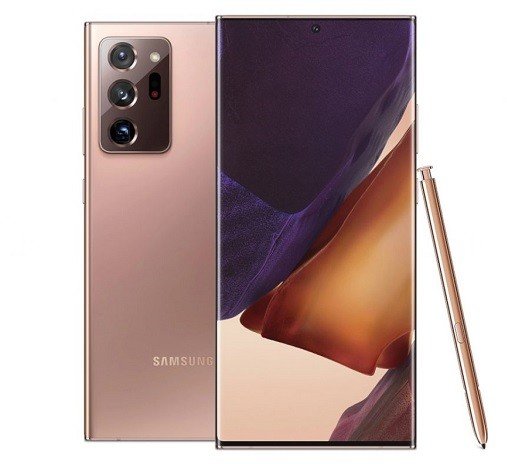
Samsung Galaxy Note 20 Ultra Highlights and Overview
The Samsung Galaxy Note 20 Ultra is the higher variant of the Galaxy Note20. There are five pronounced differences between the standard version and the Ultra version. First, the Note 20 ultra has a larger 6.9-inches Dynamic AMOLED display with 1440 x 3088 pixels resolution and up to 120Hz refresh rate; secondly it has more camera fun with a whooping 108MP main camera; thirdly, the battery is pushed to 4500mAh; fourthly, you can insert an SD card in case the built-in storage is not enough; and finally, the 64-megapixel telephoto lens on the vanilla version is replaced by a 12-megapixel dedicated Periscope lens on the ultra version.
And like the vanilla Note 20, the Note Ultra is also available with either 4G LTE or 5G network. CPU choices are splitted between Samsung Exynos 990 for the international model, or Qualcomm Snapdragon 865+ for the Nort American version.
As for the memory option, the 4G variant has just 8GB RAM pegged with either 256/512GB storage, while the 5G variant 12GB RAM + 128GB ROM, and can span up to 512GB of internal storage; which is expandable on both sides.
In addition to the 108 MP and the 12 periscope lens mentioned above, you also get a third 12-megapixel ultra wide snapper. The dedicated periscope lens is loaded with PDAF, OIS, 5x optical zoom, 50x hybrid zoom, and the 108 MP main snapper adds Laser AF to the menu.
On the inside, the Galaxy Note 20 Ultra has a non-removable 4500 mAh battery with same 25W fast charging via a USB Type-C interface. The device also support wireless and reverse wireless charging up to 9W, and is available in Mystic Bronze, Mystic Black and Mystic White colors. Other key specifications and silent features of the Samsung Galaxy Note 20 Ultra are contained in the table below.
Samsung Galaxy Note 20 Ultra Full Specifications and Features
NETWORK
| Technology | GSM / CDMA / HSPA / EVDO / LTE / 5G |
| 2G Network Bands |
GSM 850 / 900 / 1800 / 1900 - SIM 1 & SIM 2 (dual-SIM model only) - CDMA 800 / 1900 |
| 3G Network Bands |
HSDPA 850 / 900 / 1900 / 2100 - HSDPA 850 / 900 / 1700(AWS) / 1900 / 2100 - CDMA2000 1xEV-DO |
| 4G Network Bands | LTE band 1(2100), 2(1900), 3(1800), 4(1700/2100), 5(850), 7(2600), 8(900), 12(700), 13(700), 17(700), 18(800), 19(800), 20(800), 25(1900), 26(850), 28(700), 32(1500), 38(2600), 39(1900), 40(2300), 41(2500), 66(1700/2100) |
| 5G Network Bands | 5G band 2, 5, 41, 66, 71, 260, 261 SA/NSA/Sub6/mmWave - (5G model only) |
| Speed | HSPA 42.2/5.76 Mbps, LTE-A (7CA) Cat20 2000/200 Mbps, 5G |
LAUNCH
| Also Known As |
- - |
BODY
| Dimensions | 164.8 x 77.2 x 8.1 mm |
| Weight | 208 grams |
| Build |
Glass front (Gorilla Glass Victus) - Glass back (Gorilla Glass Victus) - Stainless steel frame - IP68 dust/water resistant (up to 1.5m for 30 mins) |
| SIM Type | Single SIM (Nano-SIM and/or eSIM) or Hybrid Dual SIM (Nano-SIM, dual stand-by) |
DISPLAY
| Display Type | Dynamic AMOLED 2X capacitive touchscreen, 16M colors |
| Size | 6.9 inches, 117.7 cm2 (~92.5% screen-to-body ratio) |
| Resolution | 1440 x 3088 pixels (~494 ppi density) |
PLATFORM
| Operating System | Android 10.0; One UI 2.1 |
| Chipset |
Exynos 990 (7 nm+) - Global Version - Qualcomm SM8250 Snapdragon 865+ (7 nm+) - USA Version |
| CPU |
Octa-core (2x2.73 GHz Mongoose M5 & 2x2.60 GHz Cortex-A76 & 4x2.0 GHz Cortex-A55) - Global Version - Octa-core (1x3.0 GHz Kryo 585 & 3x2.42 GHz Kryo 585 & 4x1.8 GHz Kryo 585) - USA Version |
| GPU |
Mali-G77 MP11 - Global Version - Qualcomm Adreno 650 - USA Version |
MEMORY
| RAM + ROM |
8 GB - 4G model 12 GB - 5G model |
| Card Slot | Yes; microSDXC (uses second SIM slot) |
MAIN CAMERA
| Camera Type | Triple Lenses |
| Camera Sensor(s) |
108 MP (wide), main sensor + 12 MP periscope sensor with PDAF, OIS, 5x optical zoom, 50x hybrid zoom + 12 MP ultra wide lens with |
| Camera Features |
Autofocus Face detection F/1.8 aperture LED Flash Panorama Auto-HDR Laser AF OIS |
| Video Resolution | 3240p@30fps, 2160p@30/60fps, 1080p@30/60/240fps, HDR10+, dual-video rec., stereo sound rec., gyro-EIS & OIS |
SELFIE CAMERA
| Camera Type | Single Lens |
| Camera Sensor(s) | 10-megapixel punch hole camera |
| Camera Features |
F/2.0 aperture FaceID Face beautification Auto-HDR |
| Video Resolution | 2160p@30/60fps, 1080p@30fps |
SOUND
| Loudspeaker | Yes, with stereo speakers |
| Speaker Location | Placed at the basement |
| Audio Jack Type | No |
CONNECTIVITY
| Bluetooth | Bluetooth 5.0, A2DP, LE |
| NFC | |
| GPS | Yes, with A-GPS, GLONASS, GALILEO, BDS |
| FM Radio | FM radio |
BATTERY
| Battery Capacity | Non-removable Li-Po 4500 mAh battery |
| Wireless Charging | Yes, Fast Qi/PMA wireless charging 15W |
| Talk Time Talk Time is the longest time that a single battery charge will last when you are constantly talking on the phone under perfect conditions, Ambient temperature and highly dependent on the cellular network environment such as the distance to the closest cell network tower. | Up to 29 hours |
| Stand-by | Up to 670 hours |
OTHER FEATURES
| Sensors | Fingerprint (side-mounted), accelerometer, proximity, compass |
| Box Contents | Charging Brick / USB cable |
Samsung Galaxy Note 20 Ultra User Reviews and Opinions
Disclaimer Note
This specification was entered manually, hence we CANNOT guarantee 100% accuracy. Any error? Let us know in the comment section.







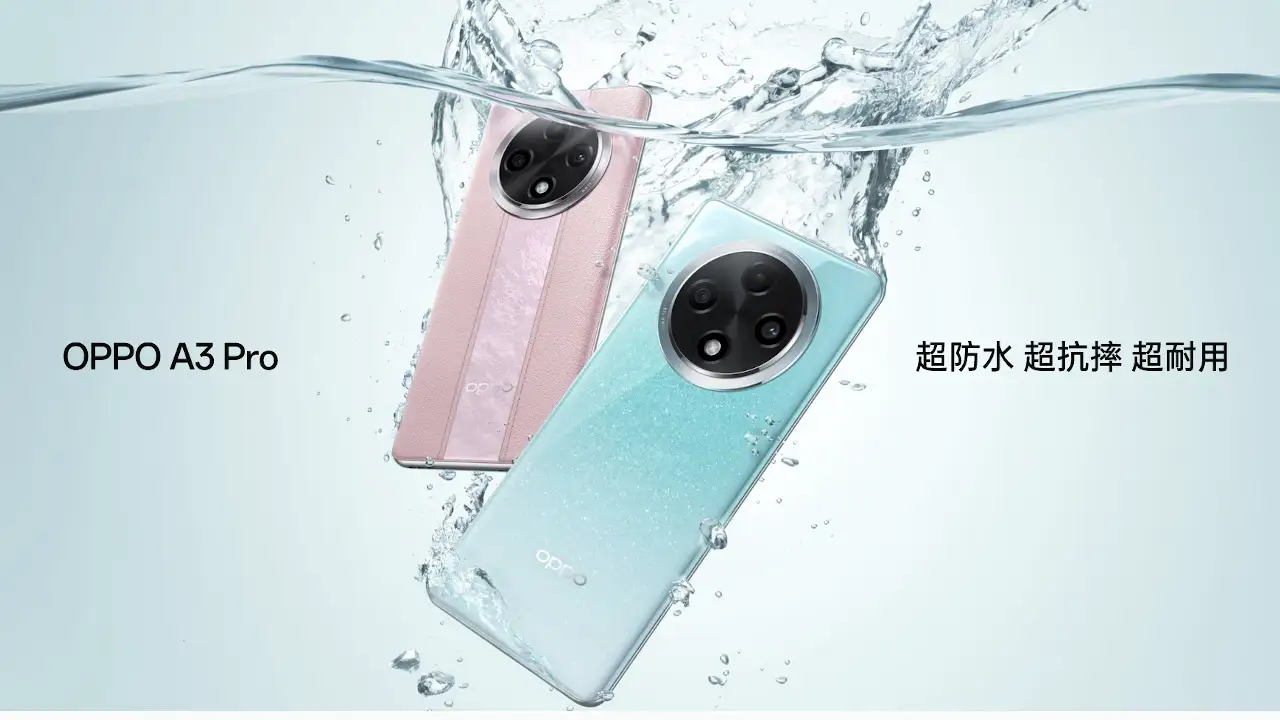

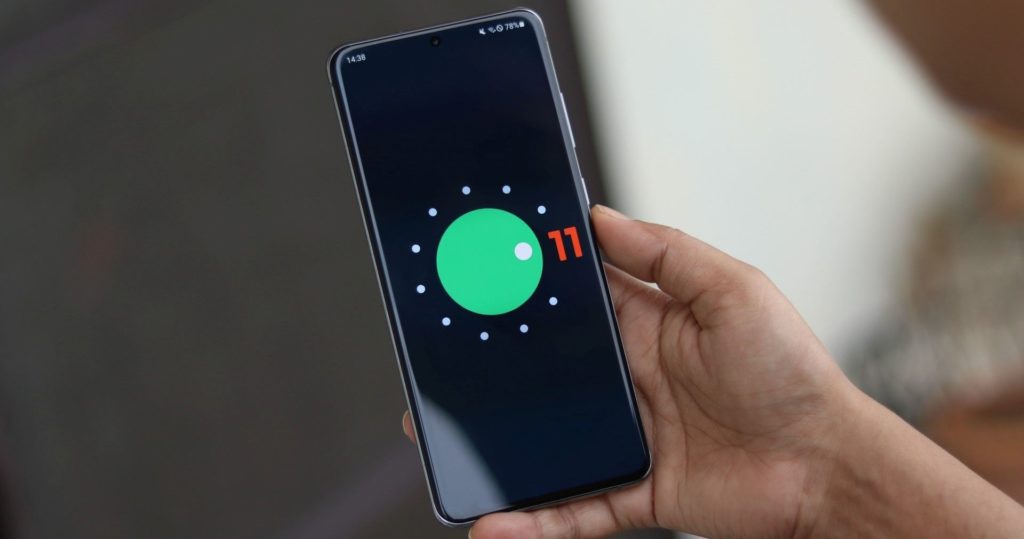
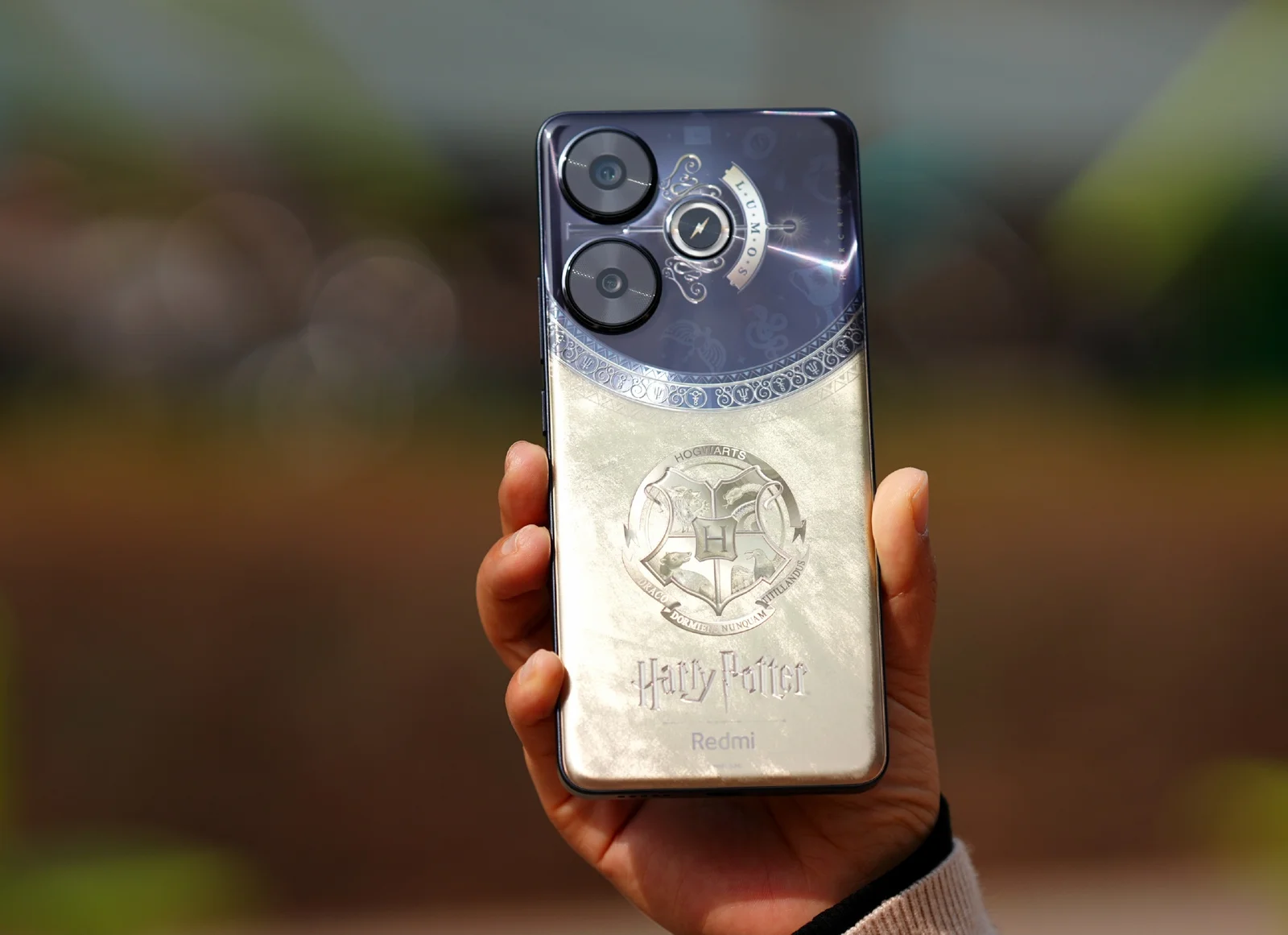
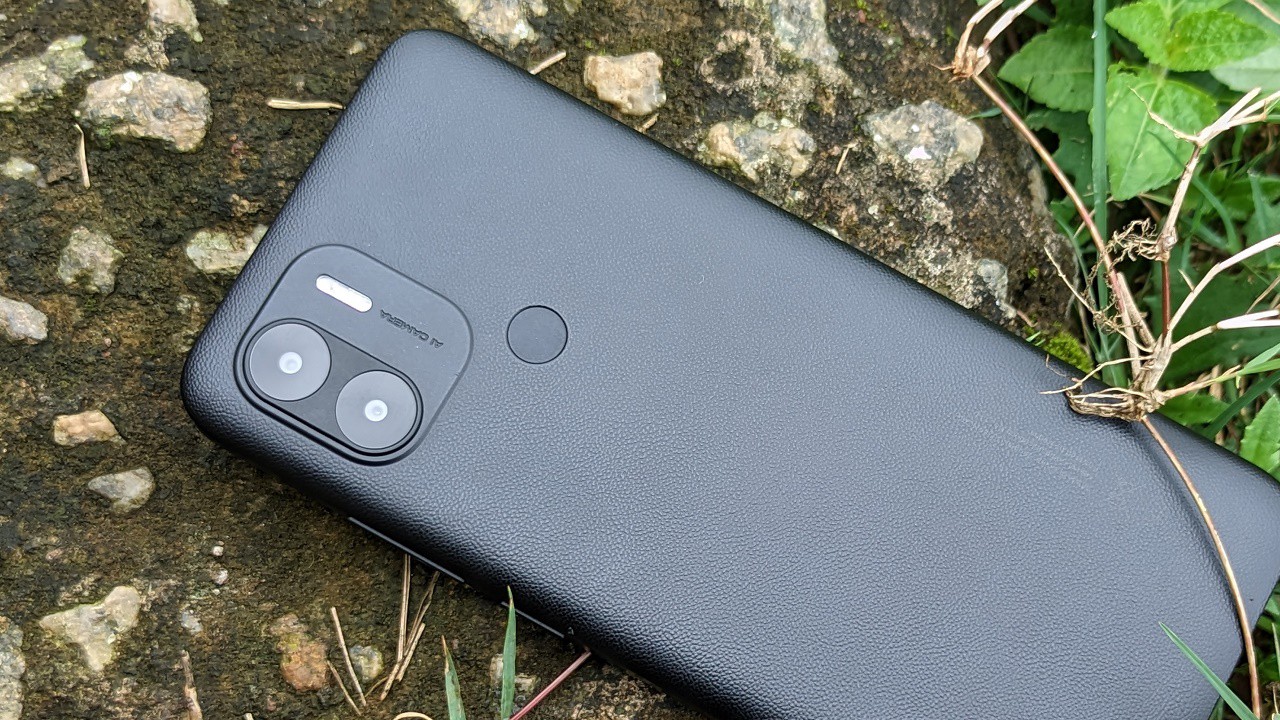
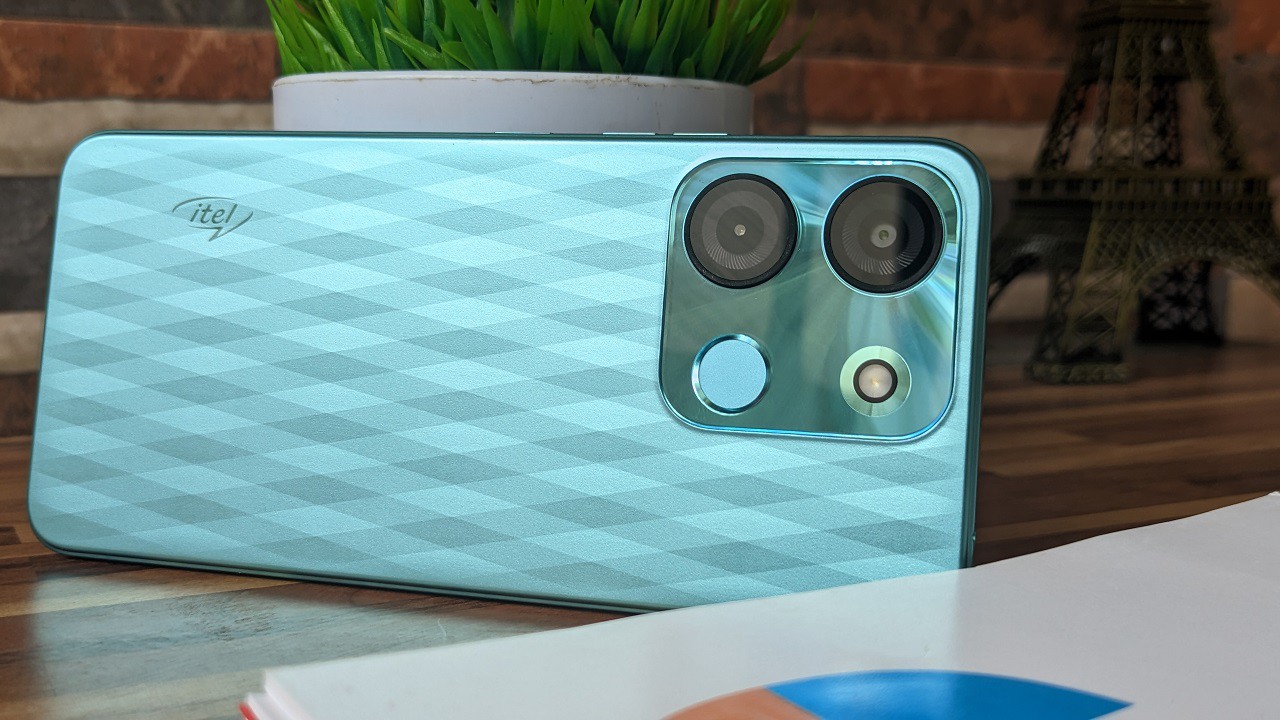
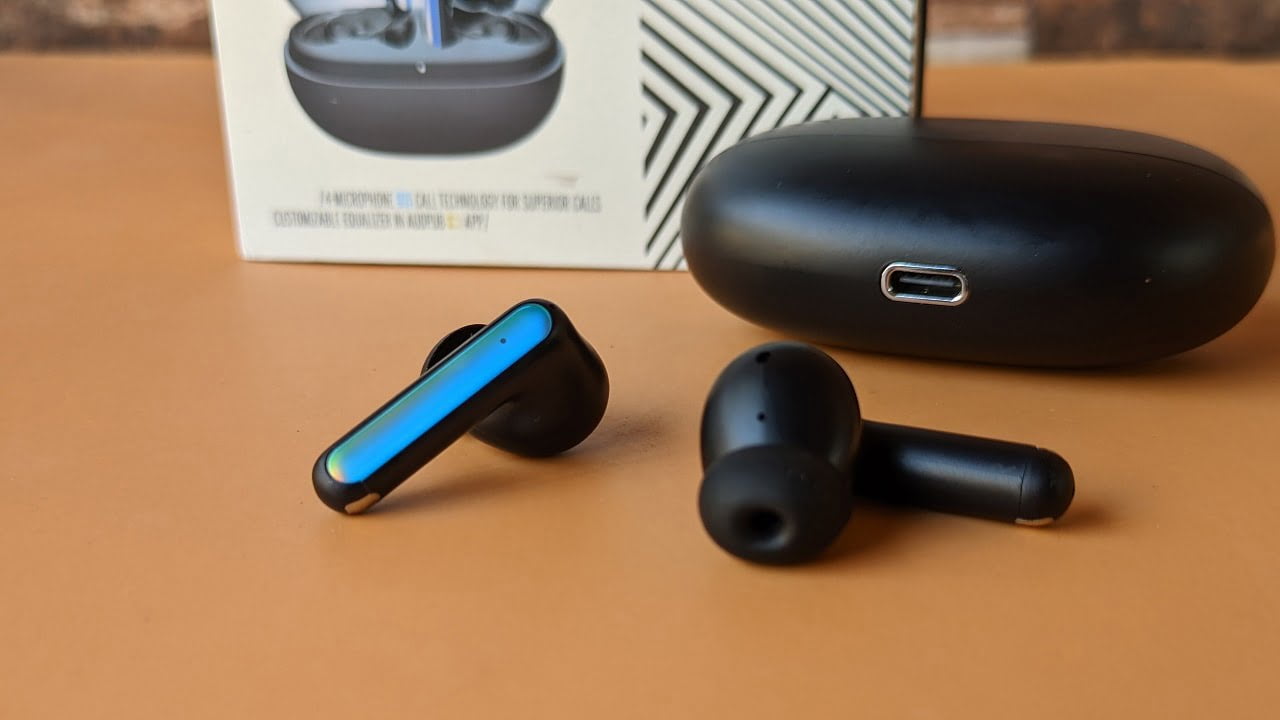
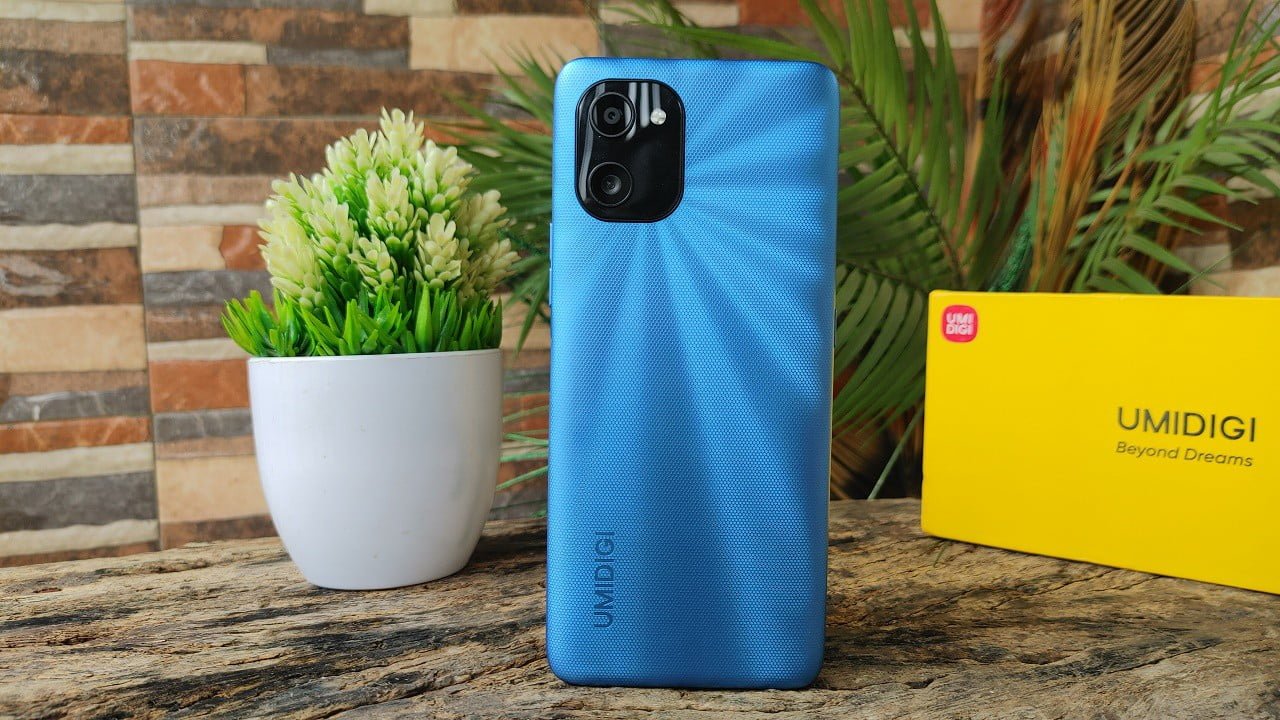
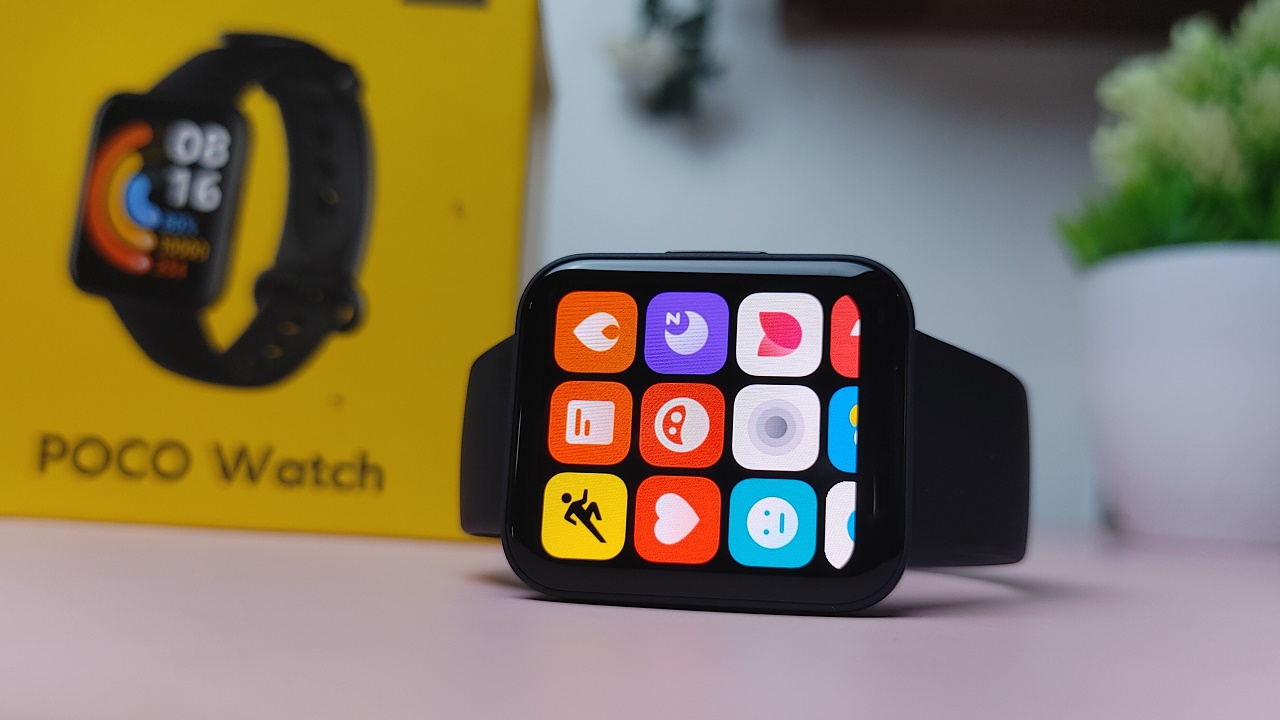
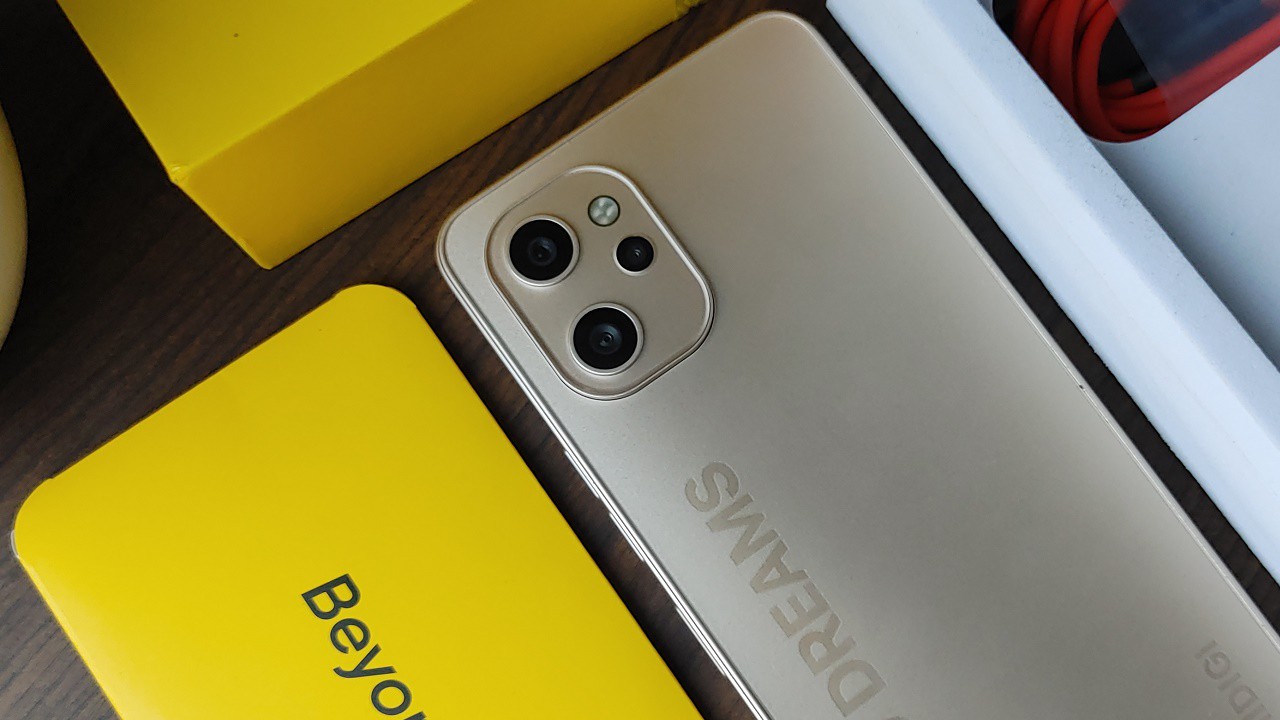
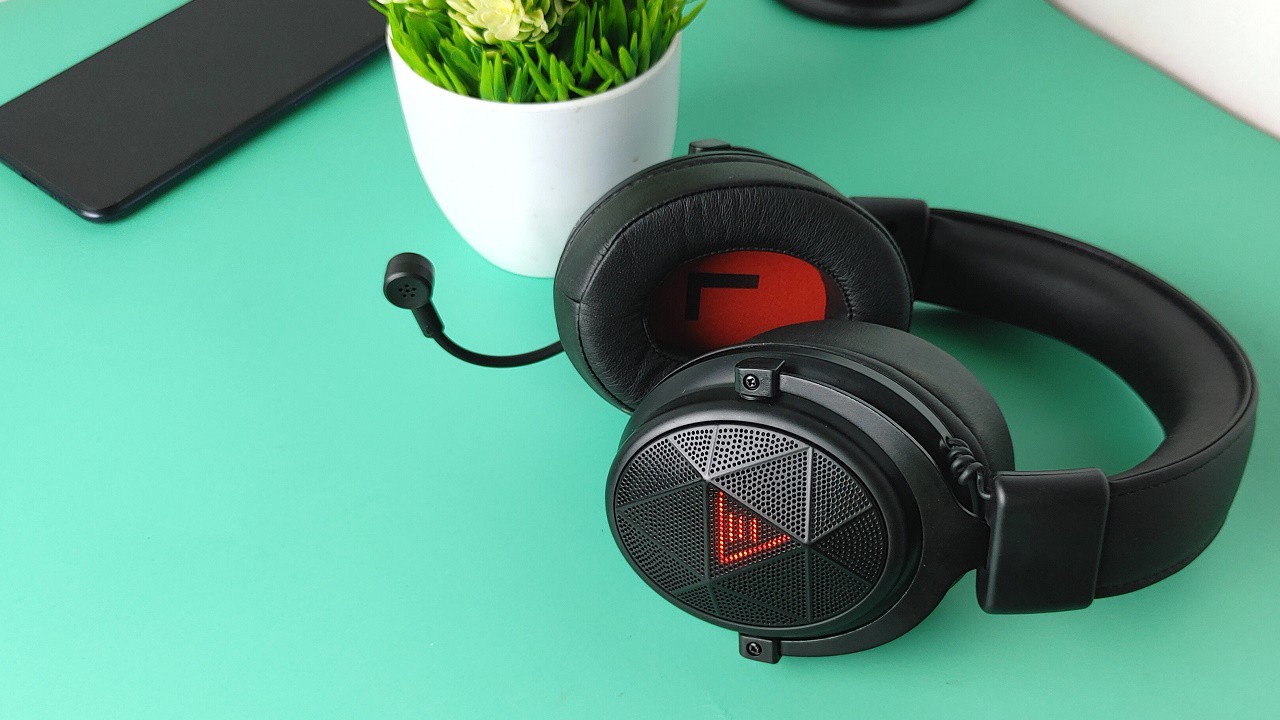
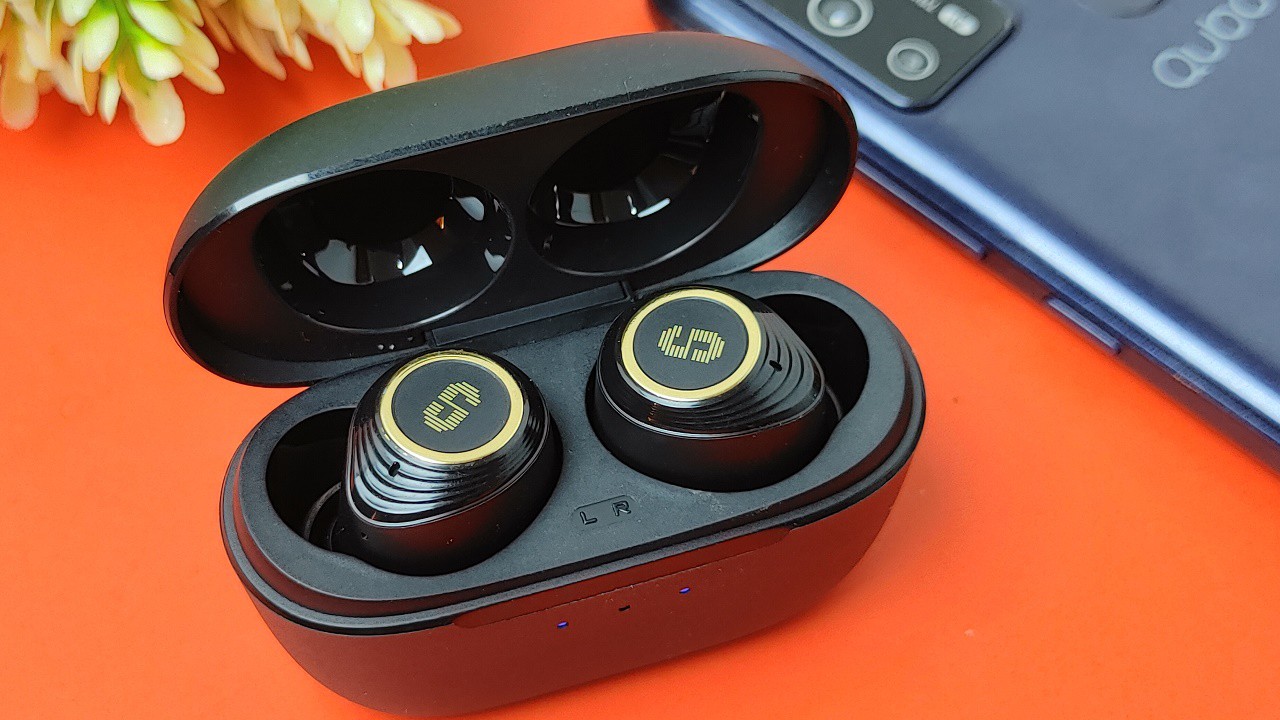
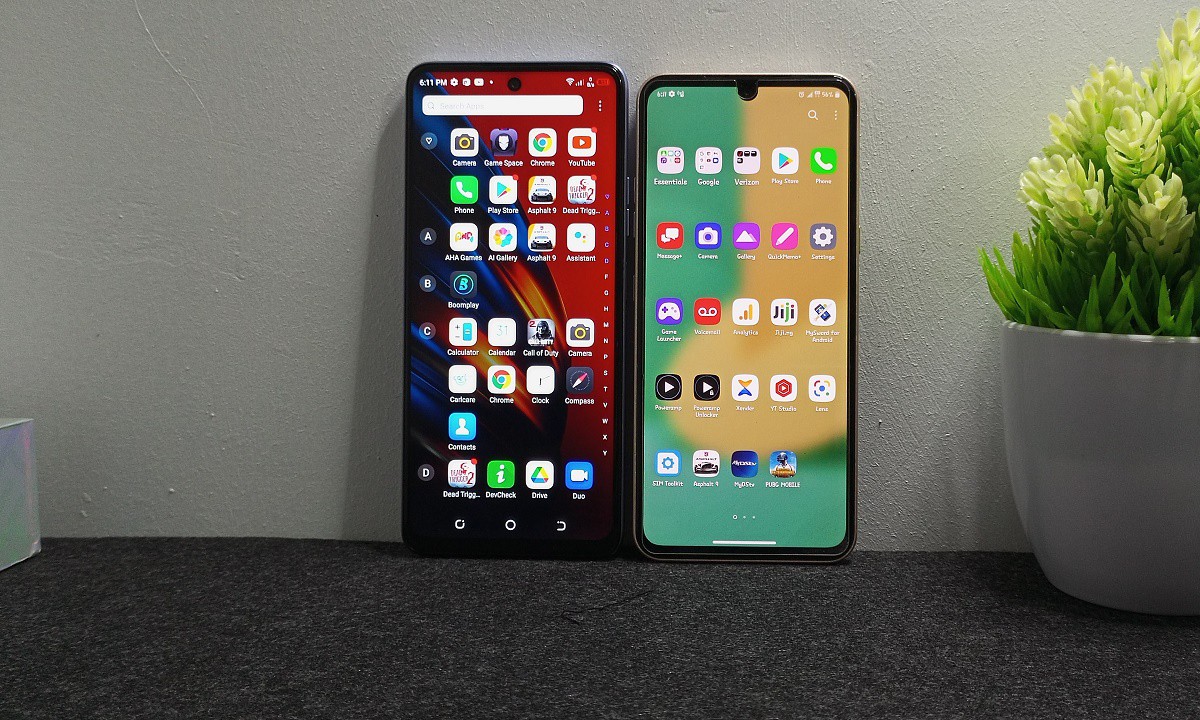

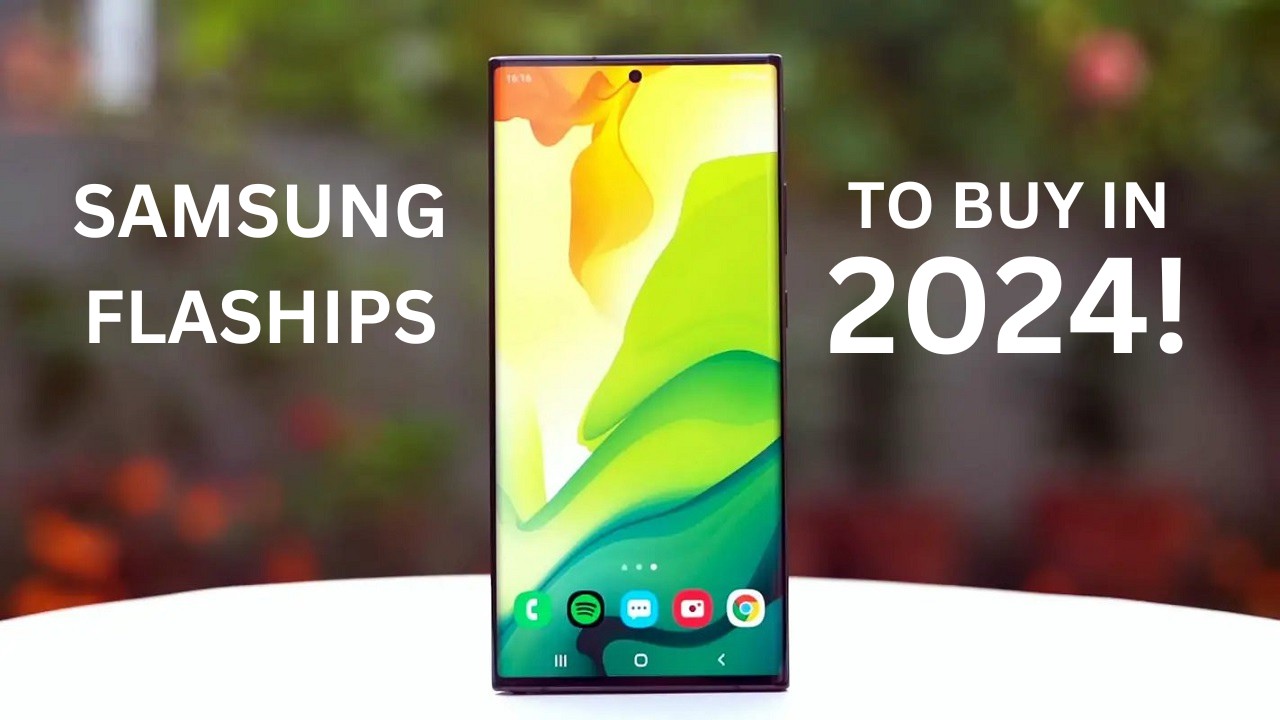
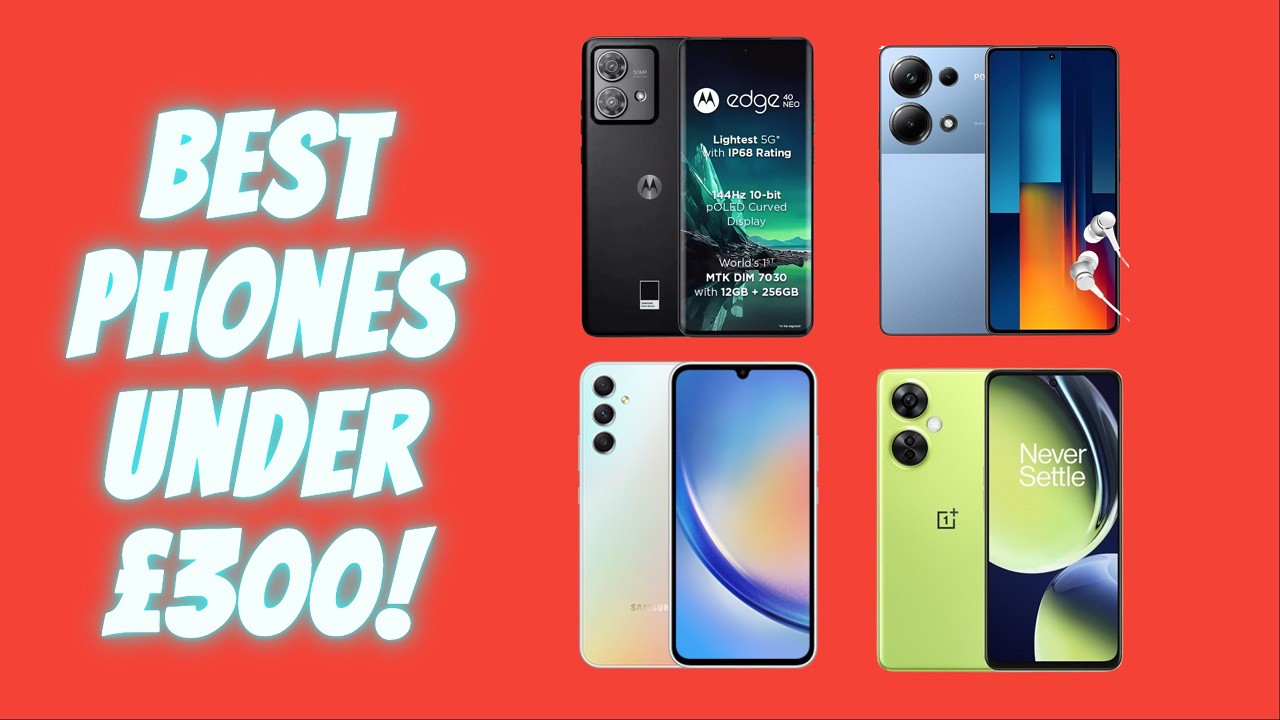

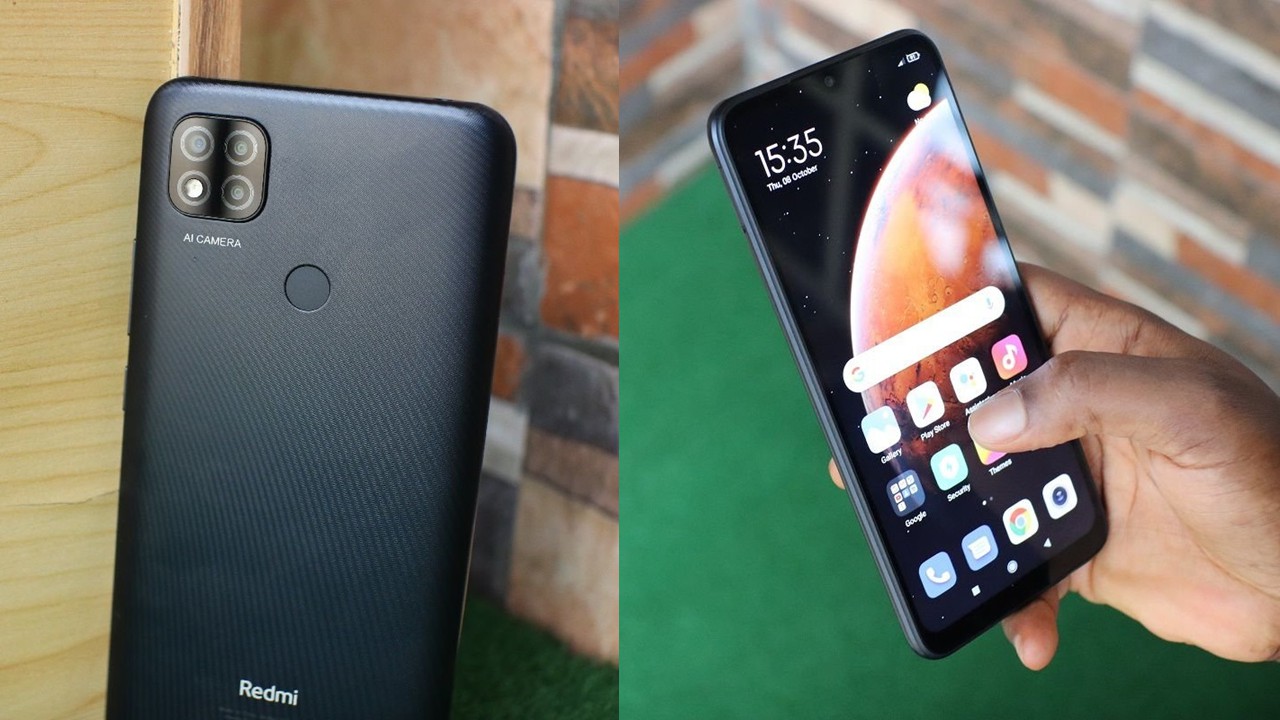
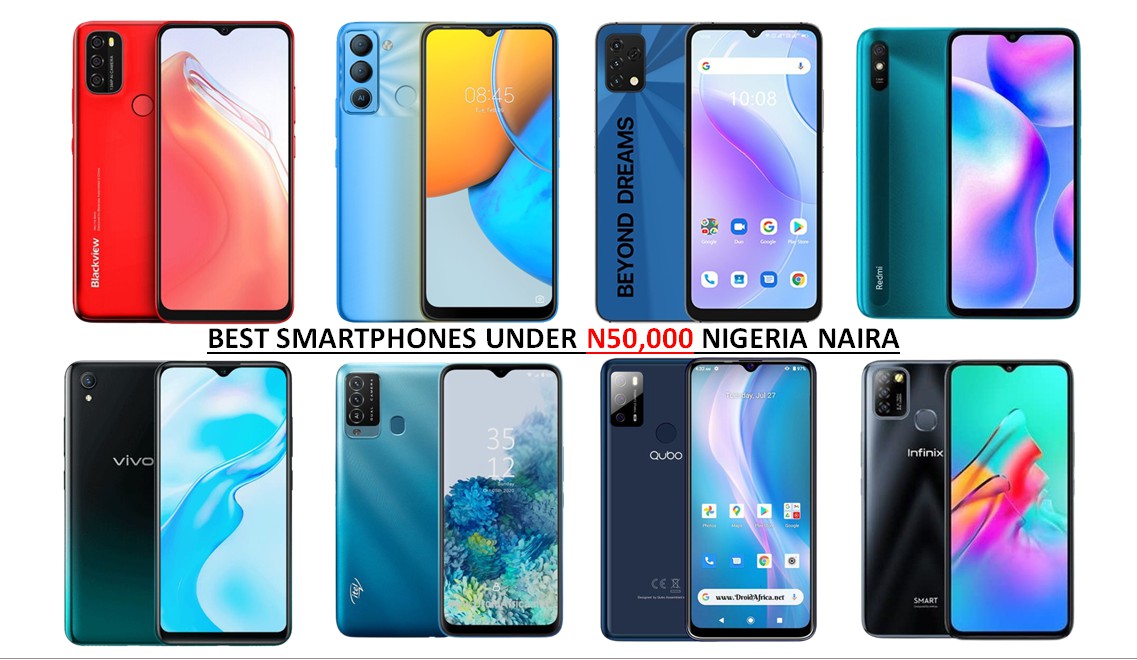
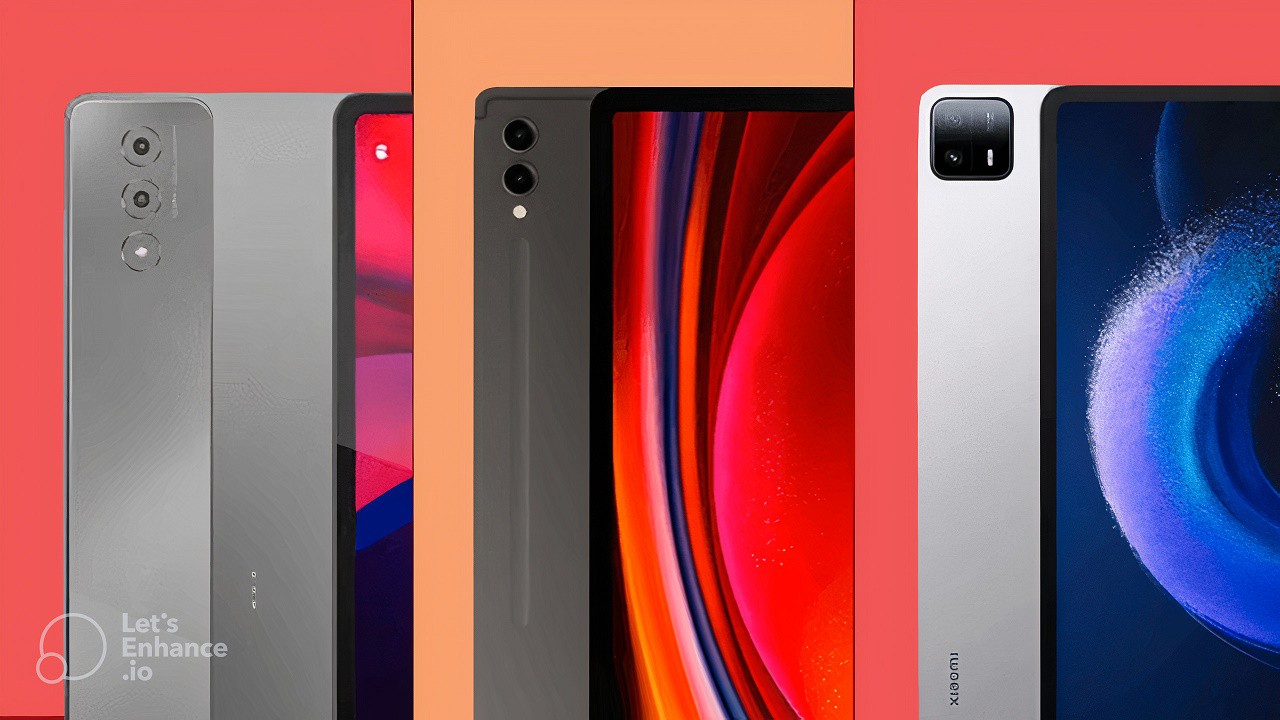
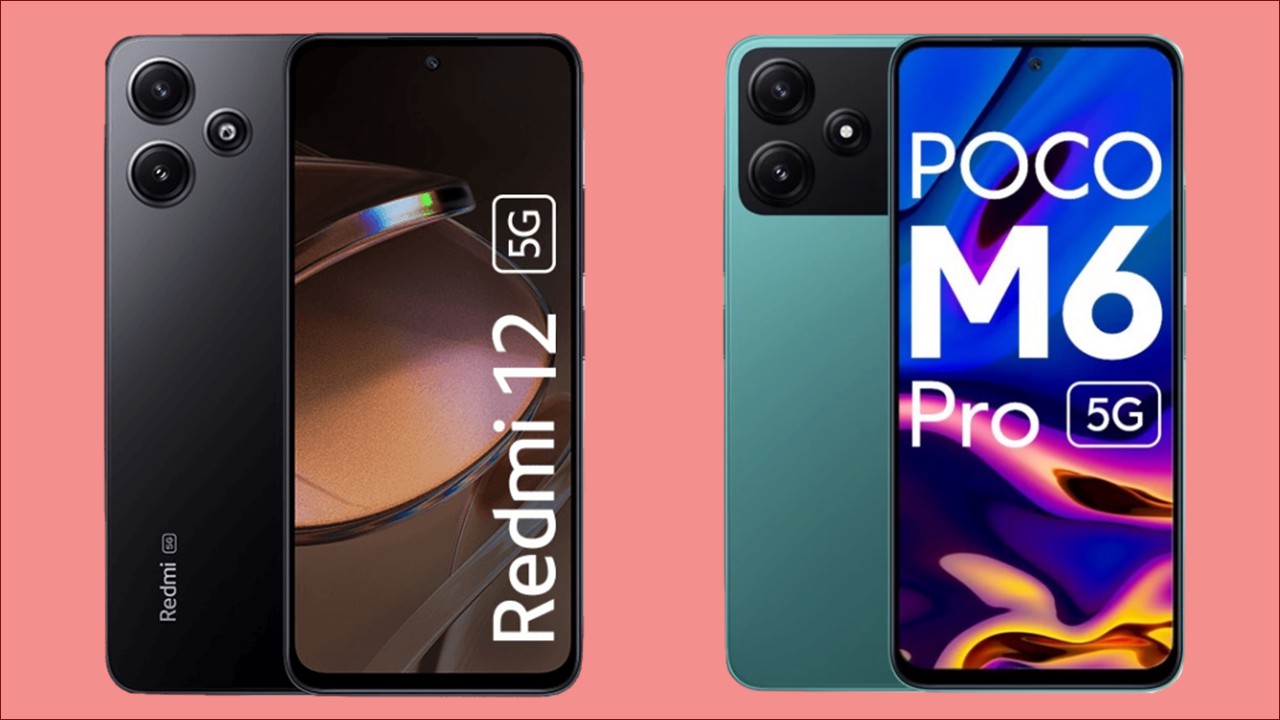
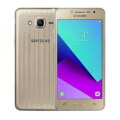
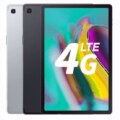
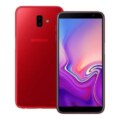
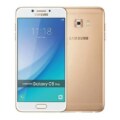
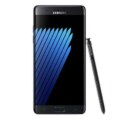
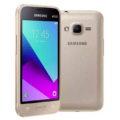
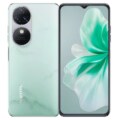
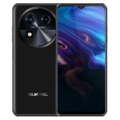
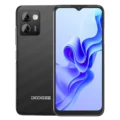

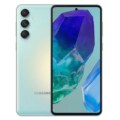
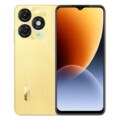

Leave a Reply